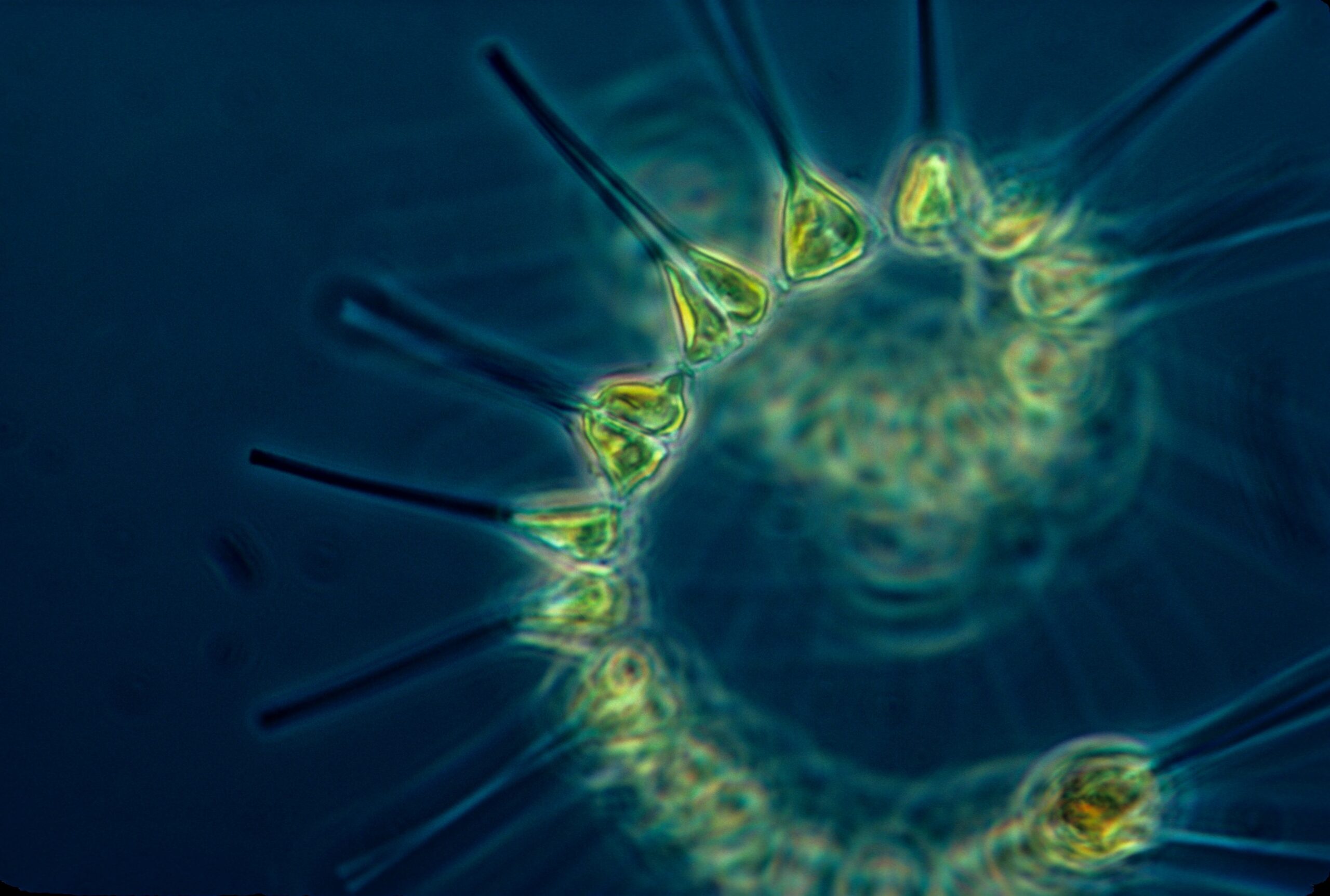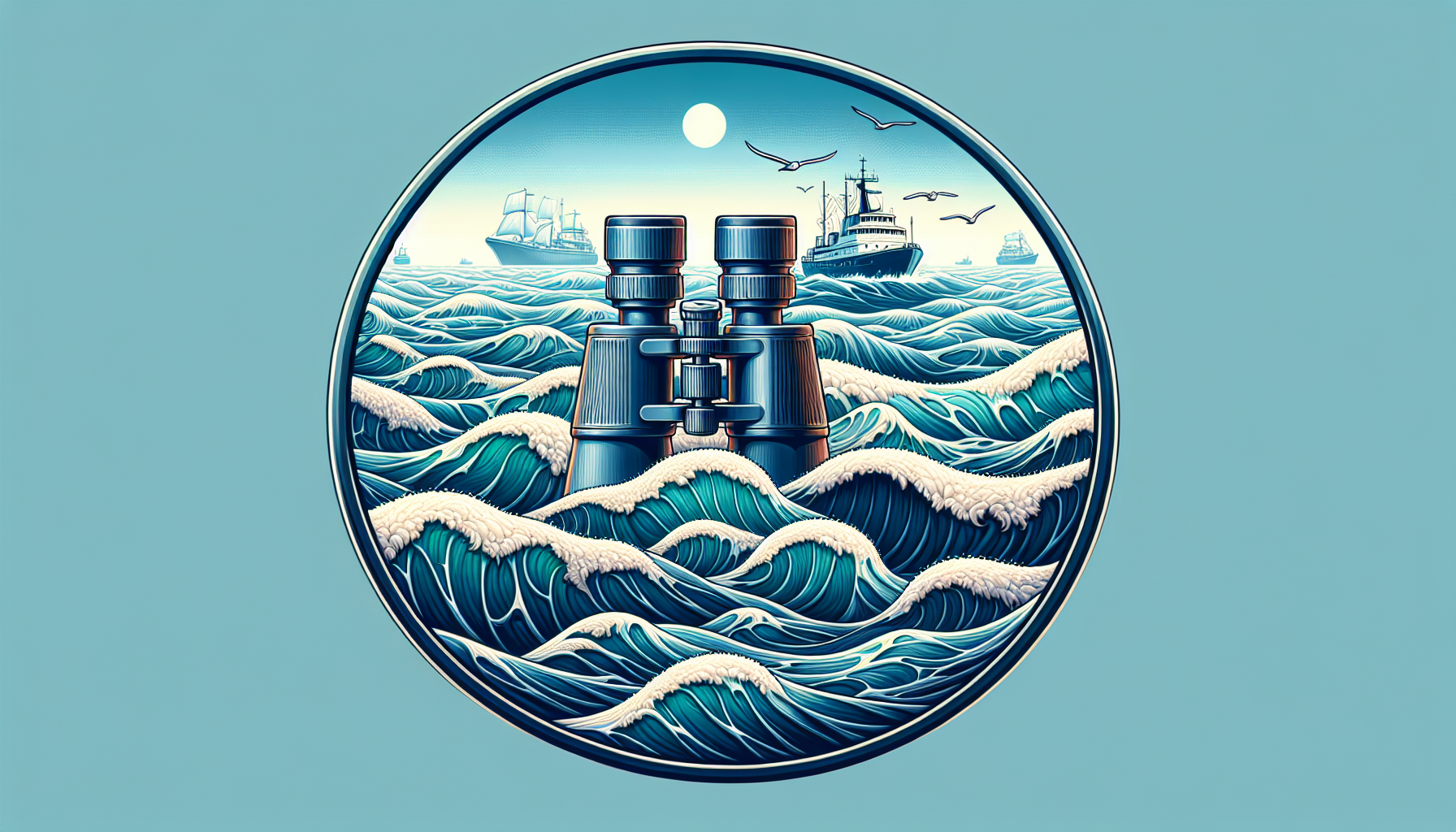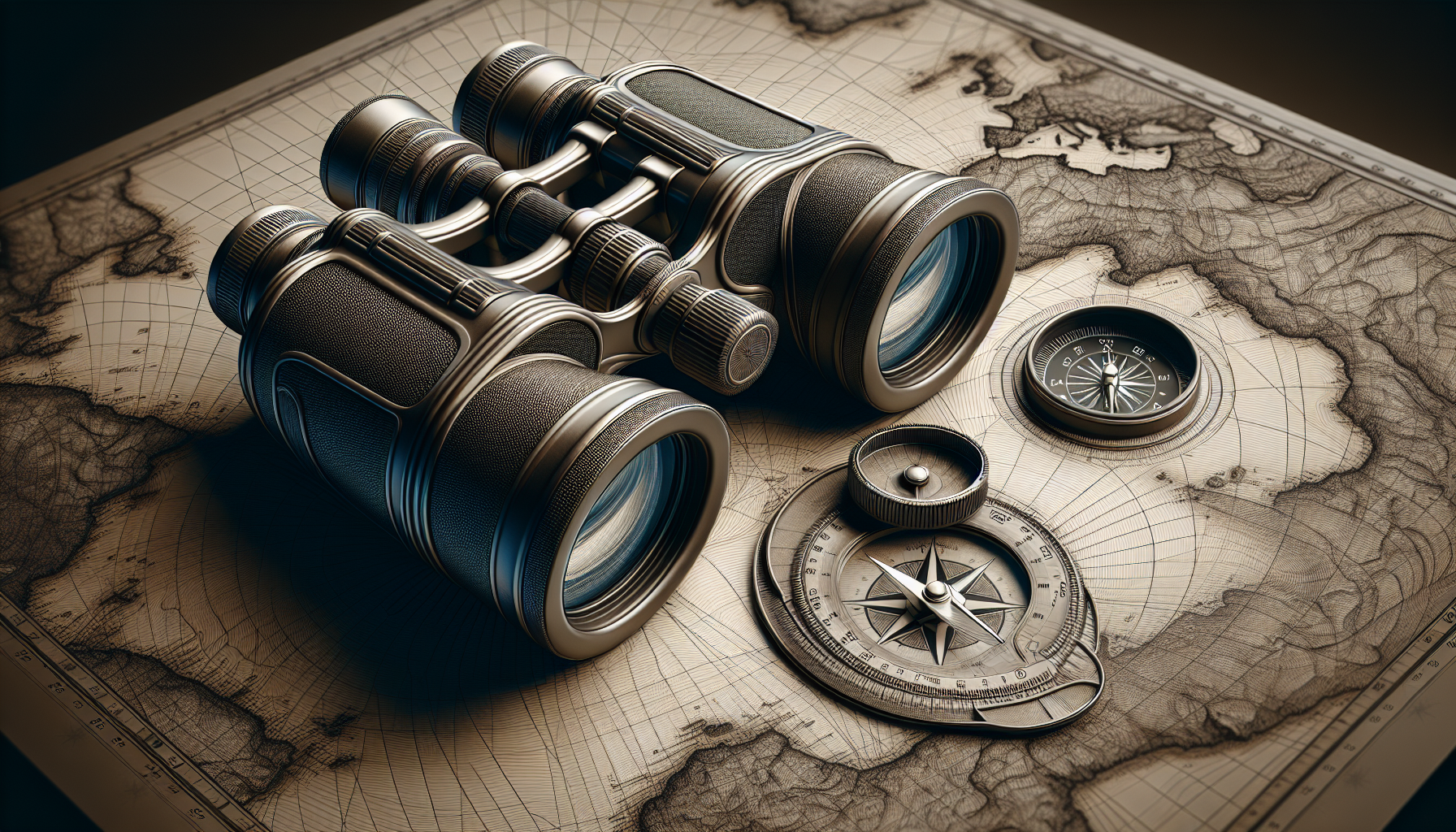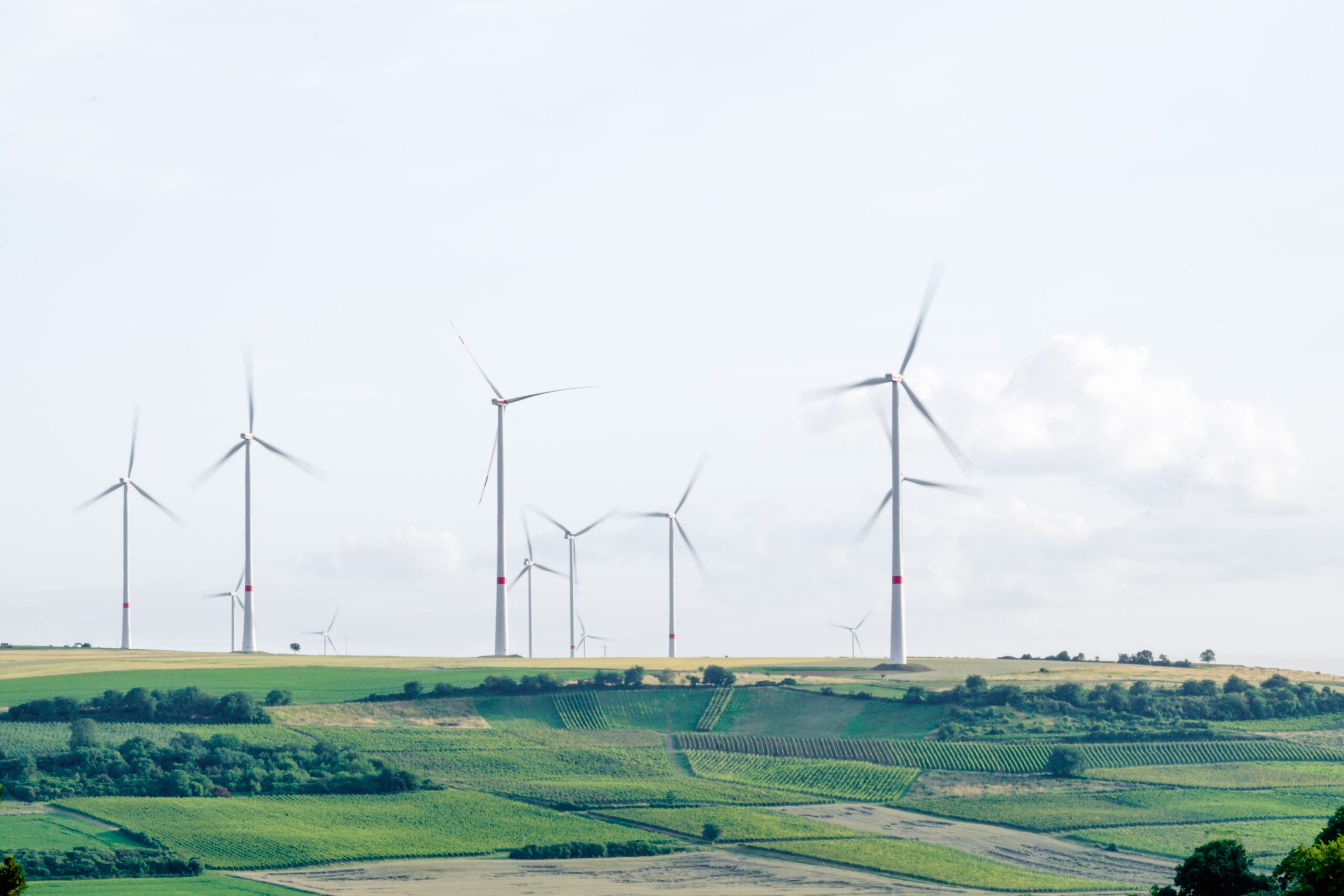Are you an avid boater or sailor looking to invest in a pair of marine binoculars? Well, you’ve come to the right place! In this article, we will explore the question that plagues many maritime enthusiasts: What is the best power for marine binoculars? Whether you’re scanning the horizon for potential hazards or marveling at the beauty of marine wildlife, finding the right power for your binoculars is crucial. So, let’s dive in and uncover the answer together!

Understanding Binocular Power
The Meaning of Binocular Power
When it comes to binoculars, the term “power” refers to the level of magnification that the binoculars provide. It essentially determines how much closer the viewed object will appear compared to the naked eye. Binocular power is typically indicated by a number, such as 8x or 10x, with the “x” denoting the level of magnification. For example, an 8x binocular will make the object appear eight times closer than it would to the naked eye.
How Binocular Power Impacts Viewing Experience
The choice of binocular power can greatly impact your viewing experience, particularly when it comes to marine activities. A higher magnification power can bring distant objects closer and provide more detailed views. However, with higher power comes a narrower field of view, meaning you’ll be able to see less of the surrounding area. On the other hand, lower power binoculars offer a wider field of view, allowing you to see more of the scene at once, but sacrificing the level of detail.
Factors to Consider When Choosing Binocular Power
Nature of Marine Activities
Before you decide on the binocular power, it’s important to consider the nature of the marine activities you’ll be engaging in. Different activities may require different levels of magnification. For example, if you are boating or fishing, you may need a binocular power that allows you to clearly see objects at a distance, such as other boats or landmarks. On the other hand, if you’re into whale watching, you might benefit from a higher power binocular to get a closer look at these majestic creatures.
Distance from the Object
Another important factor to consider is the distance from the object you’ll be observing. If you’re often close to the objects you want to view, such as when bird watching on seashores, a lower power binocular may suffice. However, if you’ll be observing objects that are farther away, such as spotting whales in the distance, a higher power binocular will be necessary to bring them closer.
Importance of a Suitable Power for Marine Binoculars
Magnification and Field of View
Choosing the right binocular power is crucial for maximizing your marine viewing experience. The magnification power determines how much detail you can see, while the field of view determines how much of the scene you can observe at once. Striking the right balance between these two factors is essential. A higher power binocular might allow you to see tiny details on a distant boat, but it will also narrow your field of view, making it more difficult to track moving objects.
Image Stability
Another important consideration is image stability. Higher power binoculars can be more challenging to hold steady, resulting in shakiness that can make it difficult to focus on the object you’re viewing. A suitable binocular power should provide a stable image to minimize eye strain and allow for comfortable viewing, especially during prolonged observation.
Ease of Use
Choosing a suitable binocular power also takes into account ease of use. Higher power binoculars often come with a narrower field of view and shorter depth of field, making it more challenging to quickly locate and focus on objects. Lower power binoculars, although sacrificing some level of magnification, tend to be easier to handle and offer a wider perspective, allowing for quicker scanning of the surrounding area.
Comparison between Low-Power and High-Power Binoculars
Pros and Cons of Low-Power Binoculars
Low-power binoculars, typically ranging from 6x to 8x magnification, offer a wider field of view, making them ideal for activities that require scanning a broad area. They are easier to hold steady, making them suitable for those who are new to binoculars or have difficulty maintaining a steady hand. Low-power binoculars often have a longer depth of field, allowing for easier focus adjustment and a larger area in focus. However, they sacrifice the level of detail that higher power binoculars can provide.
Pros and Cons of High-Power Binoculars
High-power binoculars, typically ranging from 10x to 12x magnification and beyond, offer a closer view of distant objects, allowing for more detail to be seen. They are ideal for marine activities where the objects of interest are farther away, such as whale watching or observing birds in flight. However, high-power binoculars can be more challenging to hold steady, resulting in a shakier image. They also have a narrower field of view, requiring more precise alignment and making it harder to locate and track moving objects.

Ideal Binocular Power for Different Marine Activities
Boating and Fishing
For boating and fishing activities, where the goal is often to spot other boats, buoys, or important landmarks, a binocular power of around 7x to 8x may be ideal. This power provides a good balance between magnification and field of view, allowing you to clearly see objects at a distance while maintaining a wide perspective of the surrounding area.
Whale Watching
When it comes to whale watching, a higher power binocular is recommended to bring these magnificent creatures closer and reveal more detail. Opting for a binocular power in the range of 10x to 12x can provide a thrilling experience, allowing you to observe the behavior and physical characteristics of whales in greater detail.
Bird Watching on Seashores
For bird watching on seashores, where birds may be both near and far, a versatile binocular power of around 8x to 10x is recommended. This range provides a good balance between closer views and a wider field of view, allowing you to observe both nearby birds on the shore and those in flight more comfortably.
Understanding Image Stabilization in High-Power Binoculars
The Mechanism of Image Stabilization
Image stabilization technology compensates for hand movements and vibrations, resulting in a steadier image even with high-power binoculars. This technology uses internal gyroscopes or prisms that rapidly adjust to counteract any movements, allowing for a smoother and more stable viewing experience.
Why it is Necessary for High-Power Binoculars
High-power binoculars have a greater magnification, making any hand movements or tremors more noticeable. Image stabilization minimizes these movements, allowing you to enjoy a clear and steady image, even with the added power. This technology is particularly beneficial for prolonged observation or when viewing from a moving boat, as it reduces eye strain and fatigue.

Effects of Weather and Sea Conditions on Binocular Power
Impacts of Fog and Mist
Fog and mist can significantly affect the performance of binoculars, especially when it comes to higher power models. The moisture in the air can reduce visibility and cause images to appear hazy or blurry. In such conditions, lower power binoculars tend to be more suitable as they are more forgiving and allow for clearer views despite the atmospheric conditions.
How Rough Seas Affect Binocular Power
When viewing from a boat in rough seas, it can be challenging to maintain a steady image even with image stabilization technology. The constant motion of the boat can amplify any shakes or vibrations, making high-power binoculars more difficult to use effectively. In such conditions, lower power binoculars are generally recommended as they are easier to stabilize and provide a better overall viewing experience.
Manufacturers’ Specs and How They Relate to Binocular Power
Understanding Manufacturers’ Numbers
Manufacturers often provide a range of specifications for their binoculars, including the binocular power. These numbers indicate the level of magnification and can be found in the model name or description. For example, a binocular labeled as “10×42” has a power of 10x.
How Helpful are These Specs in Choosing the Right Power
While the manufacturers’ numbers provide a starting point, they should not be the sole determining factor when choosing binocular power. Other considerations, such as the nature of your activities, distance from the objects, and personal preferences, should also be taken into account. It’s always recommended to try out different binoculars in person or read comprehensive reviews before making a final decision.

Tips on Handling High-Power Binoculars
Steadying Your Gaze
To minimize the shakiness when using high-power binoculars, it’s important to practice steadying your gaze. This can be achieved by resting your elbows on a stable surface, such as a railing or a tripod, and keeping your body as still as possible. Taking slow, deep breaths and using the binoculars’ image stabilization feature, if available, can also help in achieving a steadier view.
Using Tripods and Supports
Consider using a tripod or other supporting tools for prolonged periods of observation using high-power binoculars. Tripods provide a stable platform, allowing for a shake-free viewing experience. Look for binoculars that are tripod-mountable or invest in a tripod adapter specifically designed for binoculars.
Conclusion: The Best Power for Marine Binoculars
Making the Best Choice Based on Your Needs
Choosing the right binocular power for marine activities is a personal decision that depends on factors such as the nature of the activities, distance from the objects, and personal preferences. It’s important to strike a balance between magnification, field of view, and image stability to ensure an enjoyable and comfortable viewing experience.
Investing in Quality and Suitable Power
Investing in quality binoculars with a suitable power is essential for marine enthusiasts. Consider reputable brands known for their optical performance and durability. It’s always beneficial to try out different models in person before making a purchase or seek out comprehensive reviews to help in making an informed decision. Remember, the best power for marine binoculars ultimately depends on your specific needs and preferences, so choose wisely and enjoy the wonders of the marine world with clear and captivating views.


